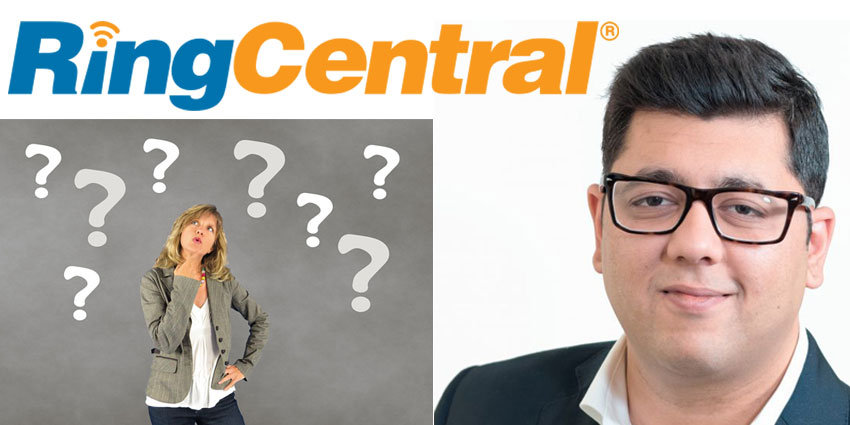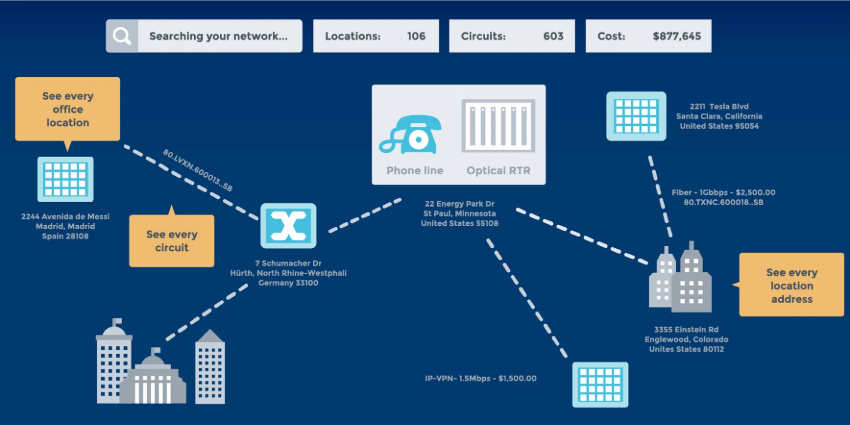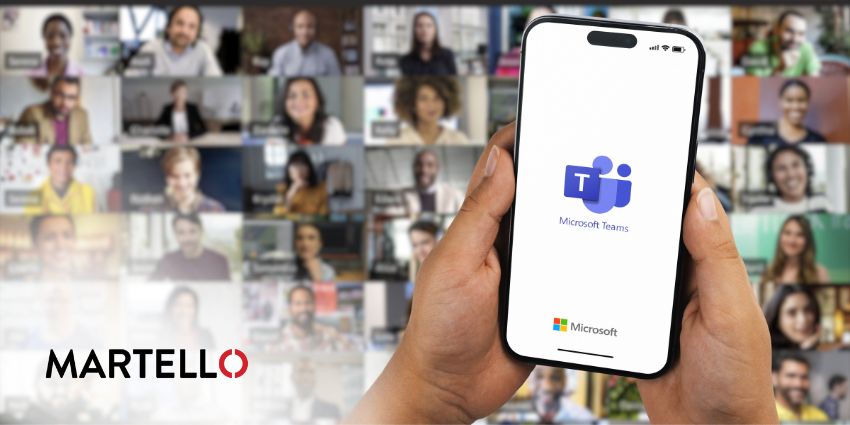As companies around the world continue to look towards the cloud for a flexible and scalable approach to their unified communications stack, the question for many is how to embrace the right services. For some organisations, the easiest option will be to explore the simplicity and support of a UC “as a service” model.
RingCentral is one of the leading providers of cloud communication and collaboration solutions for companies of various shapes and sizes. We caught up with the MD of EMEA for RingCentral, Sahil Rekhi, to discuss his top tips for choosing the right UCaaS strategy for the modern marketplace and learn more about the RingCentral offering.
Tell Us About Yourself and RingCentral
Sahil Rekhi is the MD of EMEA for RingCentral, a cloud communications and collaboration company that’s been on the Gartner Magic Quadrant leadership list for 3 years running now. Sahil has been with RingCentral for a little over five years, and he’s seen the business build and evolve drastically during that time.
“I’ve been MD of this space for about two and a half years now, and the RingCentral brand has growing significantly in that time. We’re a leading UCaaS provider, with about 350,000 businesses on the books, and a huge global footprint. In recent years, we’ve really differentiated ourselves not just in terms of the innovative products that we’re bringing to market, but also in the way that we deliver new solutions to our customers. We focus on connecting with our partners, carriers and our customers on their digital transformation (DX) journeys.”
What are the Key Differences between Legacy Providers and UCaaS?
It’s safe to say that the demand for UCaaS is growing as we enter an era of rapid cloud adoption. I was interested to hear Rekhi’s opinions on what the key differences between the UCaaS model, and the legacy adoption model were.
“I think to understand the differences, you need to look at the drivers pushing cloud communications to the forefront of the market. One of the aspects is mobility. Mobility has been a trend for a while now, but since smartphones came out, flexible working has grown more popular, and the world of work has changed, there’s been a huge shift towards mobility. People want the on-demand nature of the cloud to provide better working patterns for their organisations.”
Sahil also noted that legacy PBX players have often been limited in what they can deliver to their customers.
“Generally, the focus has been on voice and voice as a service. However, with UCaaS, you can go beyond voice into messaging, video, collaboration, and project management.”
Ultimately, there’s been a huge shift in the way that people are working today, and the UCaaS model simply delivers a greater range of opportunities, on a simpler model. “It’s even easier to access a global model, which is a big consideration for many businesses, large and small today.”
What Do You Think Customers Want? Is Cloud the Default Model?
In the past, there seemed to be a lot of discussion in the communication space about whether cloud was truly the best option for the modern business. Now there seems to be a shift in the things that companies address when they’re looking towards the benefits of UC. I asked Rekhi what he believes customers are really looking for.
“I think a couple of years ago, people still needed an explanation on why they needed to move to the cloud. Now, I struggle to find anyone who doesn’t understand the benefits of the cloud. It’s not about “why” anymore; it’s about how to move to the cloud in the best possible way.”
Companies today already know the benefits of the cloud, and they know that it’s available to help them stay at the cutting edge of technology. “It enables everything from hot-desking to better work-life balance and cost efficiency. It’s all about making that transition – whether it’s slowly and gradually, or quickly to serve employees faster.”
What Do Buyers Need to Look Out For?
In terms of what UCaaS buyers need to think about when choosing their new provider, Sahil had a number of suggestions to offer. To begin with, he noted that there are numerous ways to move to the cloud. “If you look at RingCentral, we have voice, contact centre, collaboration, and more. I would say that choosing the right provider is figuring out what your organisation needs across multiple communication streams first.”
Sahil also pointed out that today’s customers need to think about how their UCaaS providers can support them and keep them moving forward on the path to success.
“They need someone who can help them achieve more from their transformation. Look for a UCaaS provider who can help you meet your long-term and short-term objectives.”
Reliability also plays a big part according to Rekhi. Customers want to know that they’re going to have a service that stays up and running no matter what. “We’re very diligent in offering 5 nines uptime, and that’s where a business needs to do their due diligence to ensure they’re getting a strong infrastructure.”
Sahil went on to say that the third part is the actual execution of the product: “It’s easy to deploy technology, but the real difference comes in figuring out how to help people get the most out of their shifting workforce after that deployment. The change doesn’t happen for everyone at the same pace, and you can’t have a one-size-fits-all rollout model. When you’re looking for a UCaaS partner, you need a true partner – someone who can support you with your new service.”
Finally, Rekhi said that an open platform can be a powerful differentiator for some companies. “It’s important to have a platform that you can build on, to make the most out of the communication stack that works for you.”
Why is RingCentral so Successful in Cloud Communications?
Finally, I was keen to find out why Sahil felt that RingCentral has been so competitive in a now highly-competitive cloud communications space. He told me that the success of the company comes down to a few things. First of all, RingCentral has a strong background in the space, and as they’ve built up from serving small companies to addressing the enterprise, they haven’t lost focus on that base market.
“We partner with organisations to deliver the experience they’re truly looking for, rather than just giving them a one-size-fits-all model. At the same time, we invest more than double our closest competitor’s rate into R&D. We like to differentiate from a product perspective and provide a lot of innovation from our customers. It’s not just about new functionalities and features; it’s about listening to feedback from our customers.”
Additionally, RingCentral is available to address a wide range of global needs.
“We launched RingCentral global office about 2 and a half years back, and we offer various scenarios that allow us to serve more than 85 countries.”







